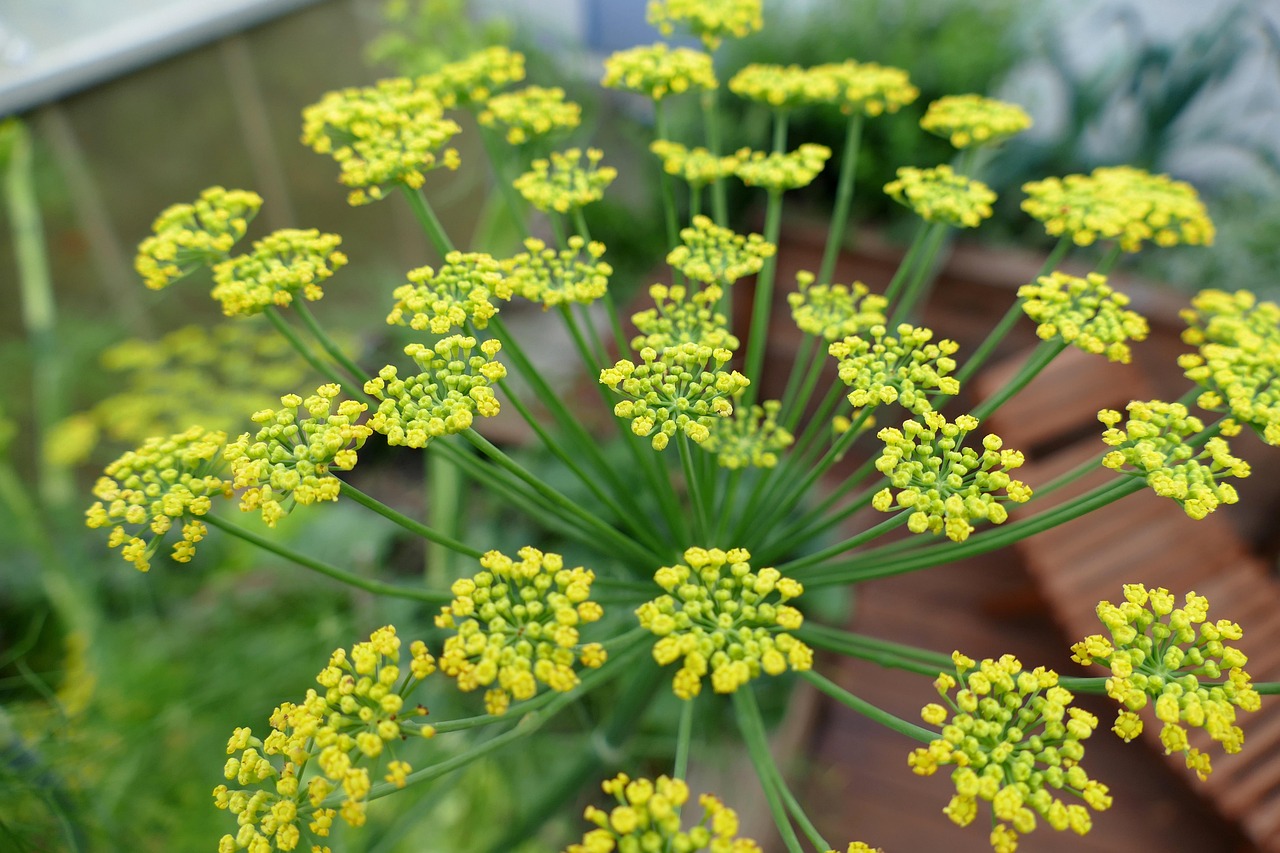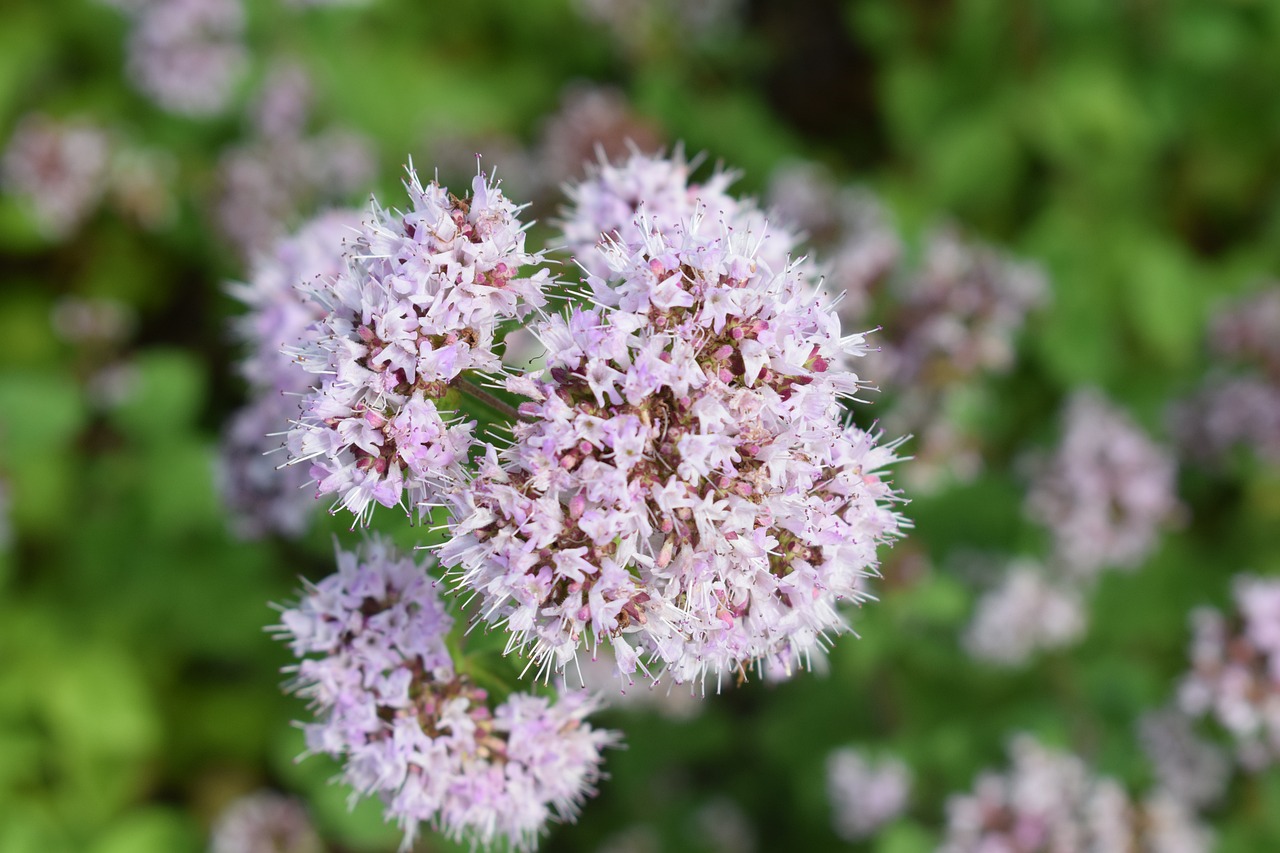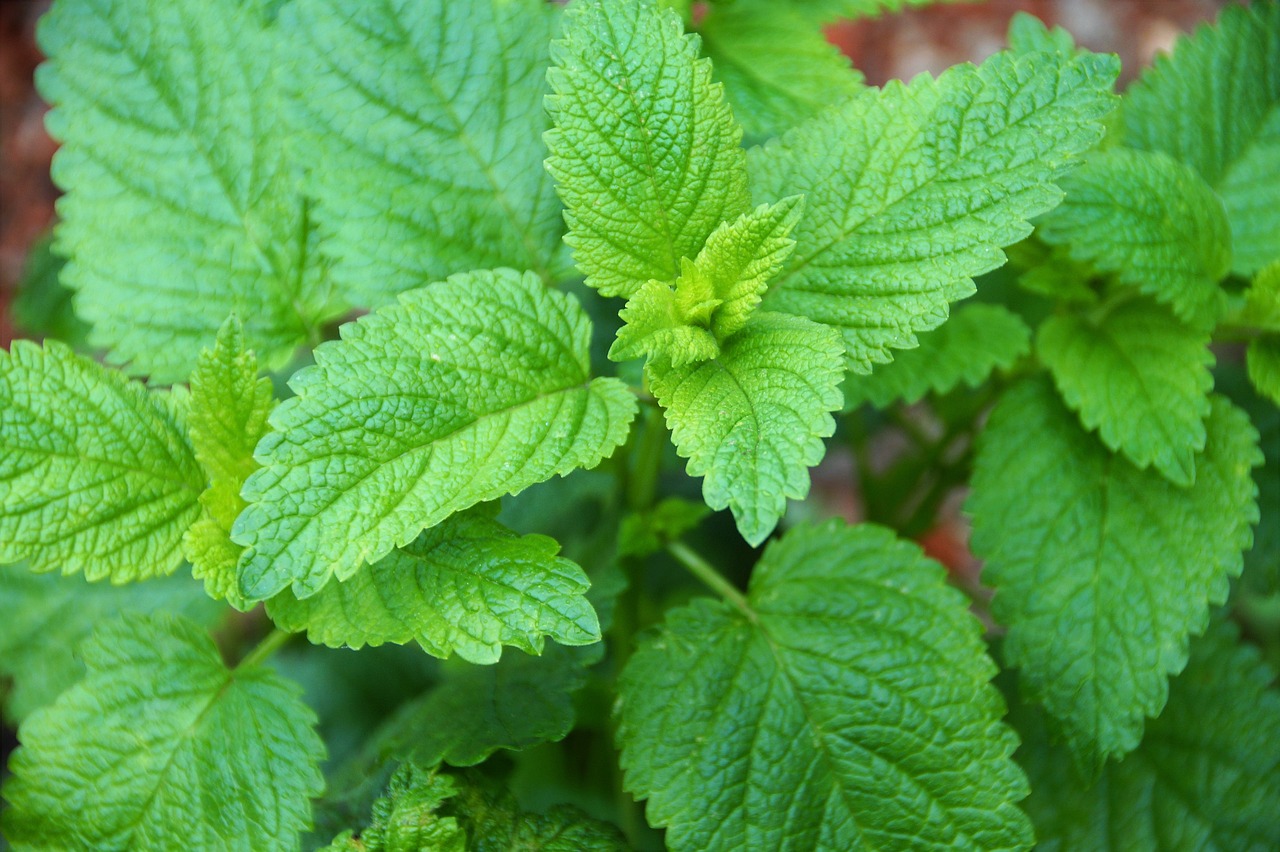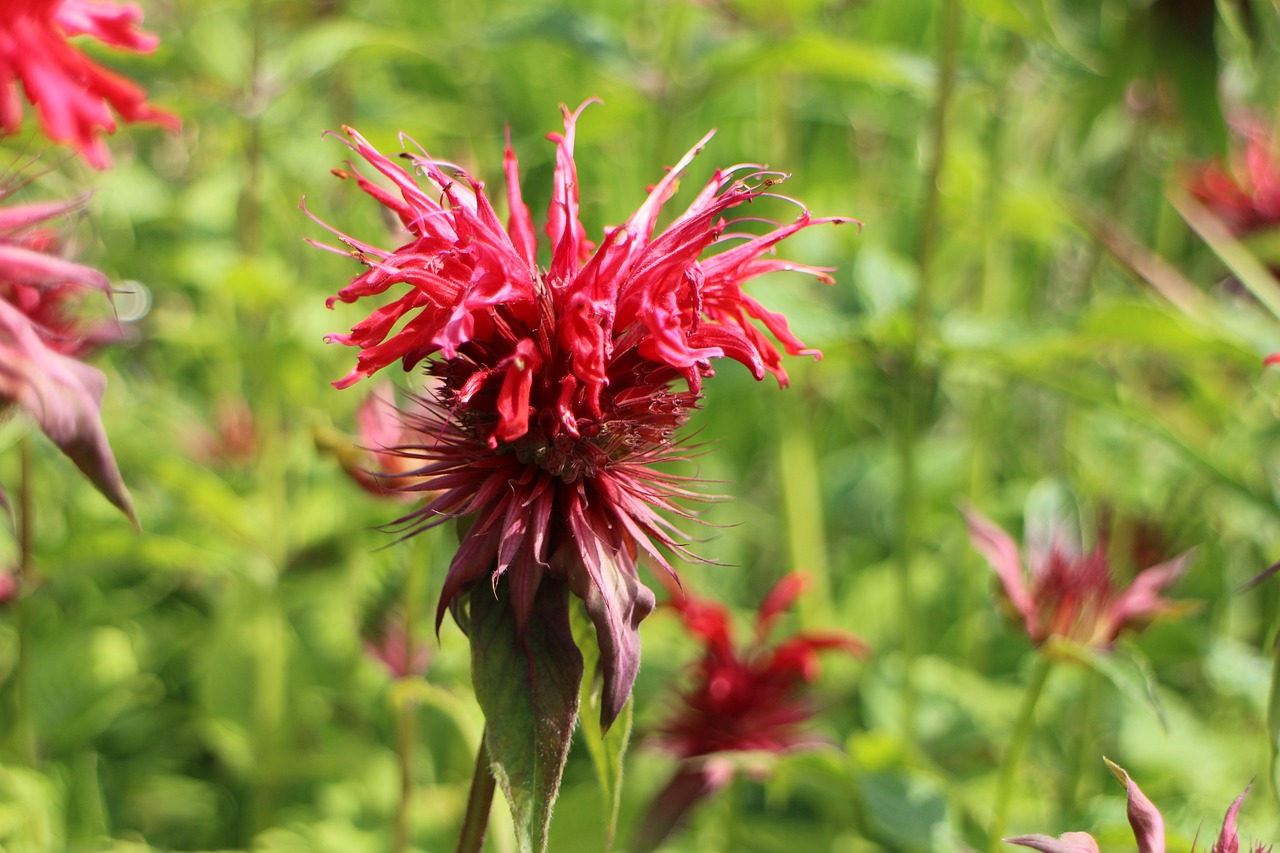Hibiscus | A Symbol of Sunlight Draped in Passion
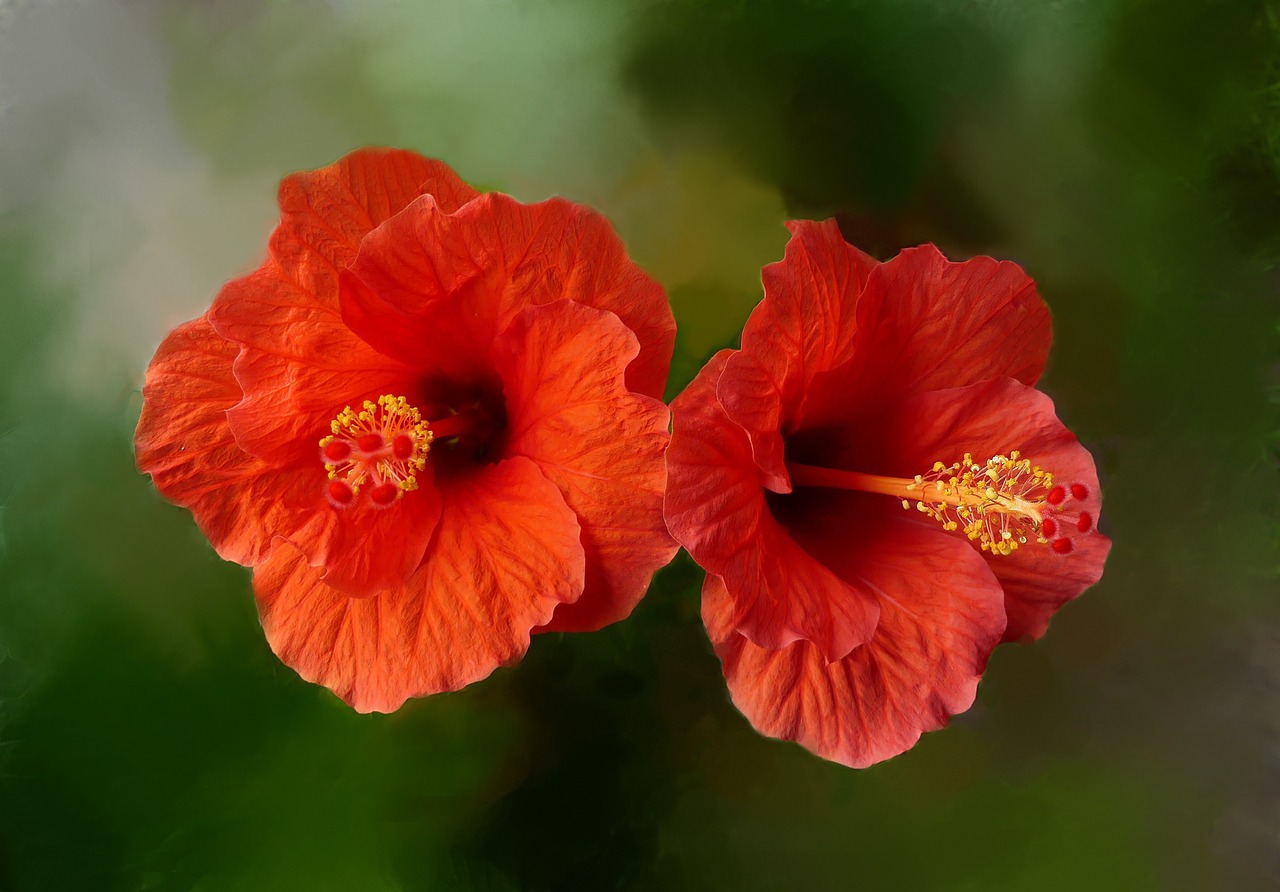
The hibiscus is a vibrant flower that evokes a tropical atmosphere, making it a popular choice for garden and interior decoration. It is regarded as a symbol of summer and is not only appreciated for ornamental purposes but also used in herbal teas and other applications.
In this article, I will introduce the basic information about hibiscus, its cultural background, and practical gardening tips.
Basic Information
- Scientific name: Hibiscus rosa-sinensis
- Family: Malvaceae
- Origin: China, Southeast Asia, Pacific Islands
- Appearance: Hibiscus flowers are large with five petals, blooming in vivid shades of red, pink, orange, and yellow. Some varieties feature frilled petals or white patterns. Plants grow to a height of 1–3 meters and can be cultivated as shrubs or potted plants.
- Blooming season: From early summer to autumn. In warm regions, they may bloom throughout the year.
Cultural Significance Worldwide
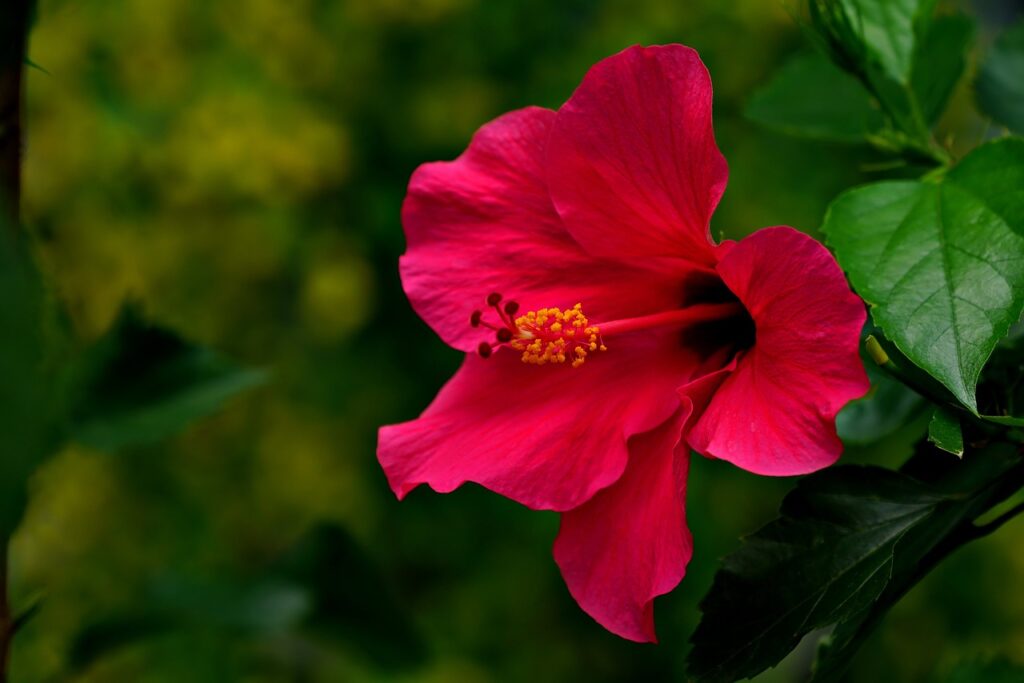
Hibiscus is considered a symbol of “beauty,” “passion,” and “new love” in tropical regions. In Hawaii and Tahiti, it is traditionally worn behind the ear or woven into leis.
It is designated as the state flower of Hawaii and serves as a cultural and touristic symbol of the islands.
In India, hibiscus is regarded as a sacred flower in Hindu rituals and is often offered to the gods.
In China and Southeast Asia, hibiscus is widely cultivated for ornamental purposes, while roselle (Hibiscus sabdariffa), a related species, is famous for use in herbal teas and cooking.
Historical Anecdotes
In ancient Egypt and the Arab world, hibiscus was cherished as the “flower of royalty.” The hibiscus tea known as karkade was highly favored among the nobility.
In Egypt, it was an essential drink for banquets and rituals, with its deep red color revered as a symbol of life itself.
During the plant-hunting era of the 18th and 19th centuries, hibiscus was introduced to Britain and France. In Victorian England, it was cultivated in greenhouses and admired as the “flower of paradise” for its exotic beauty.
Gardening Advice
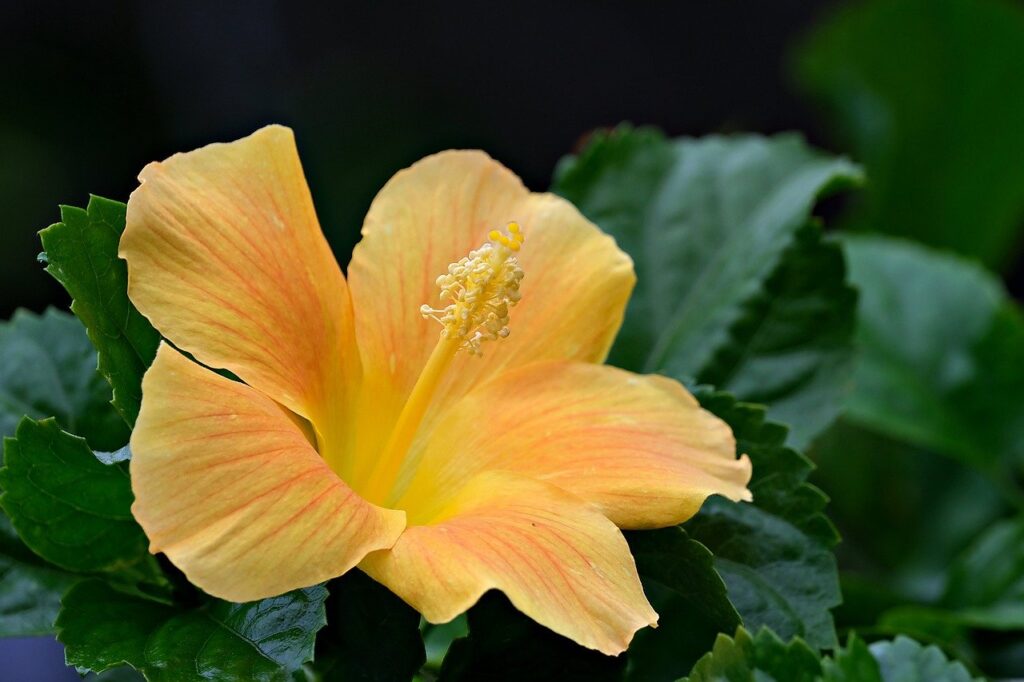
Hibiscus thrives in sunlight, so it is best grown in locations that receive direct sunlight for 6–8 hours a day. This enhances both flower color and blooming.
Well-drained soil is essential. For potted plants, placing pumice stones or a mesh at the bottom helps improve air circulation.
Water generously whenever the soil surface becomes dry. Prolonged dryness can reduce flowering, so careful water management is especially important in summer.
Apply fertilizer about once a month during the growing season to support blooming.
Although hibiscus prefers warm climates, it is sensitive to cold. In winter, move the plant indoors or provide protection from low temperatures.
Conclusion
With its brilliant colors and exotic charm, hibiscus brightens both gardens and interiors.
By ensuring warmth, sunlight, and proper watering, you can enjoy its beautiful flowers for an extended period.
I encourage you to bring the tropical spirit of hibiscus into your garden or home.

